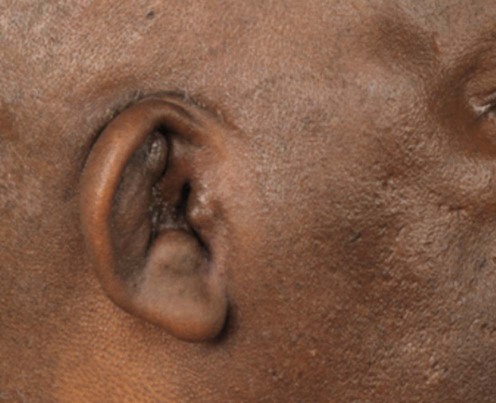Relapsing polychondritis

![]()
Stay updated, free articles. Join our Telegram channel

Full access? Get Clinical Tree



